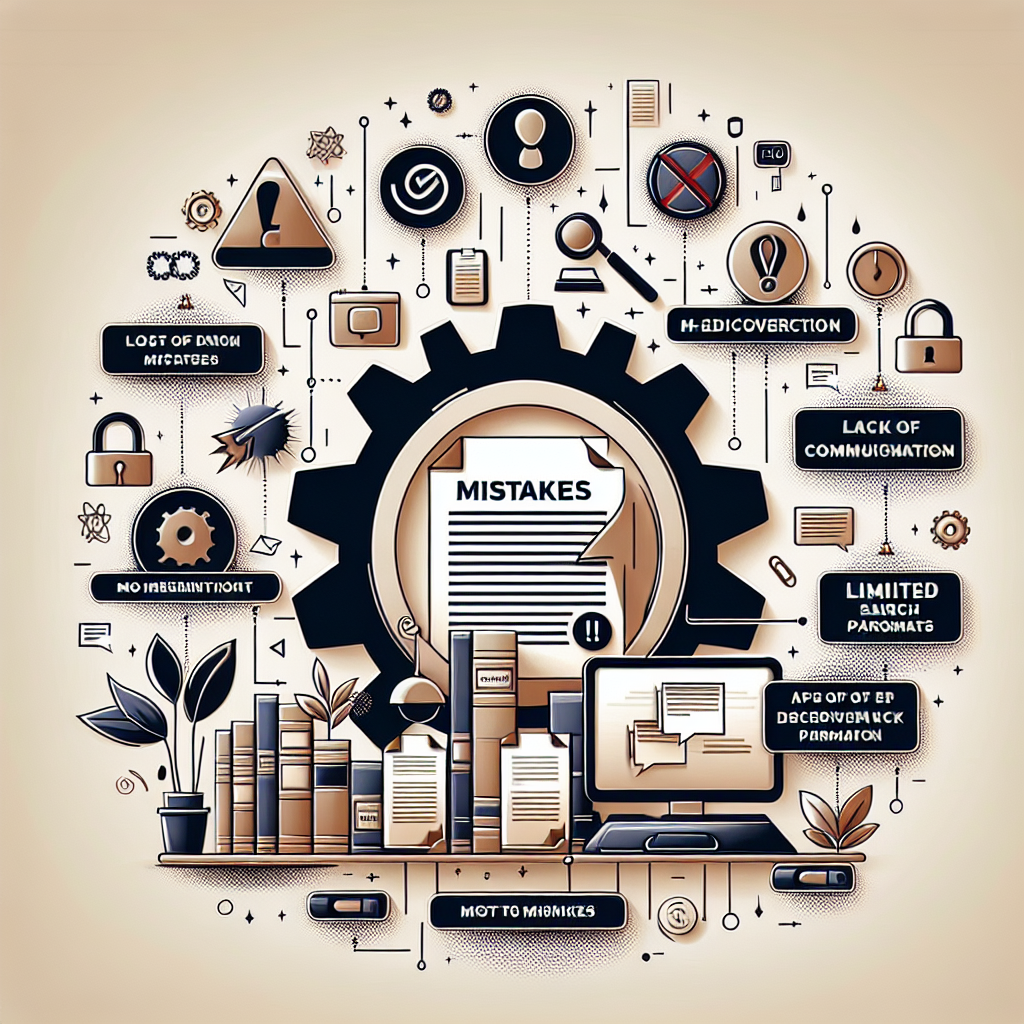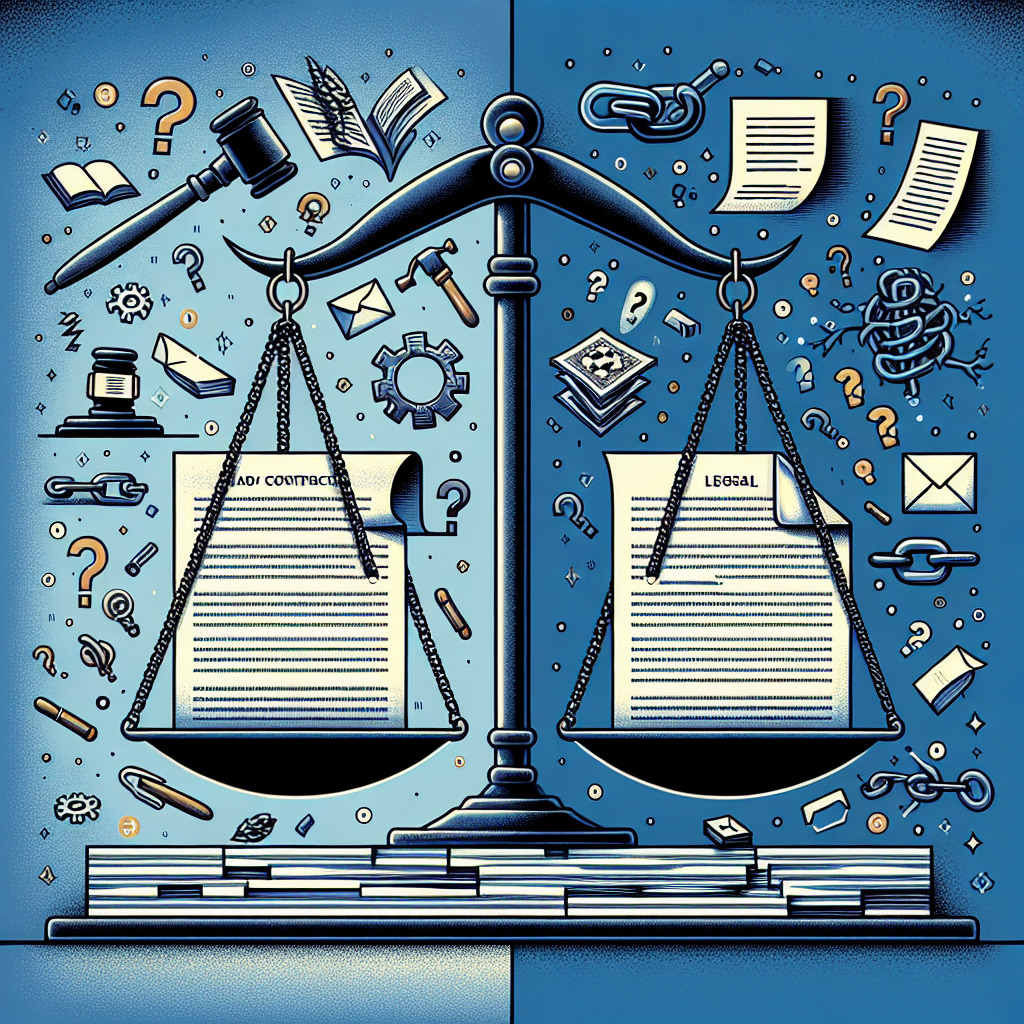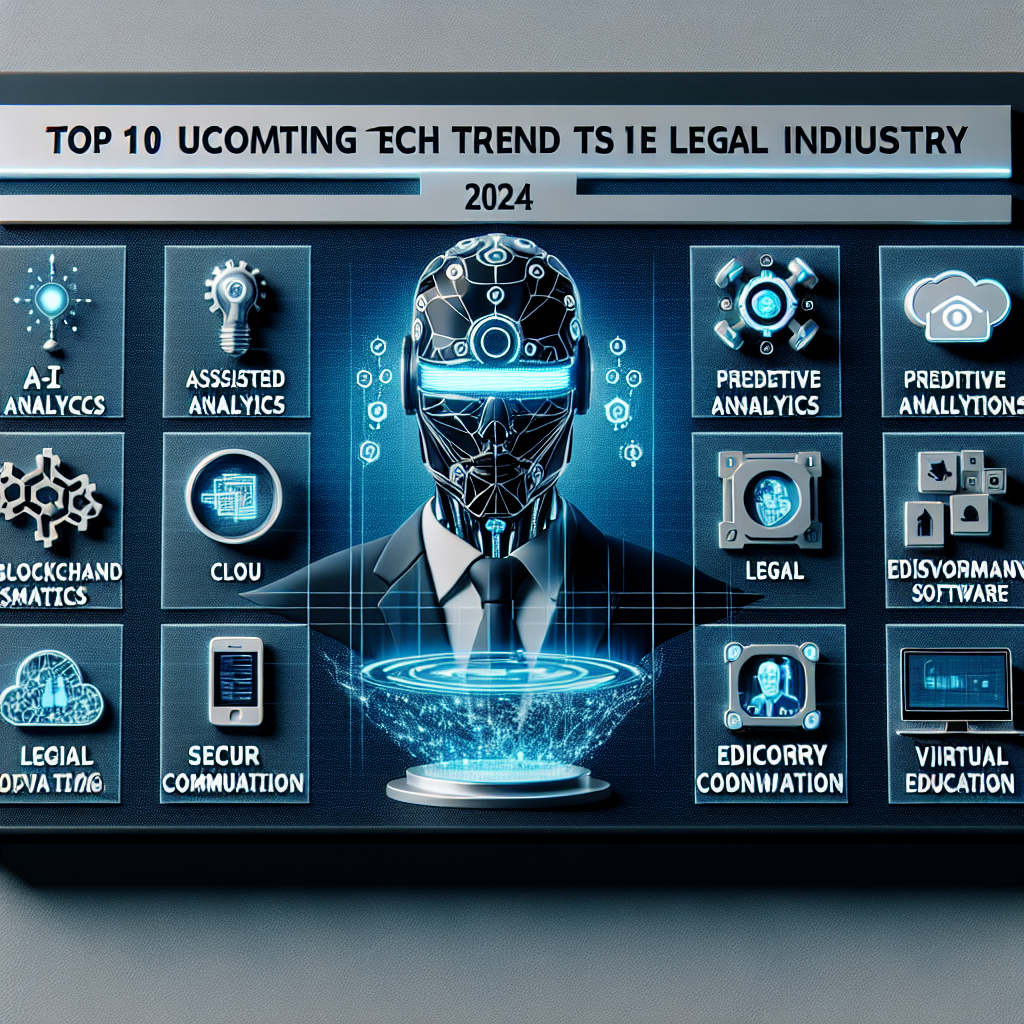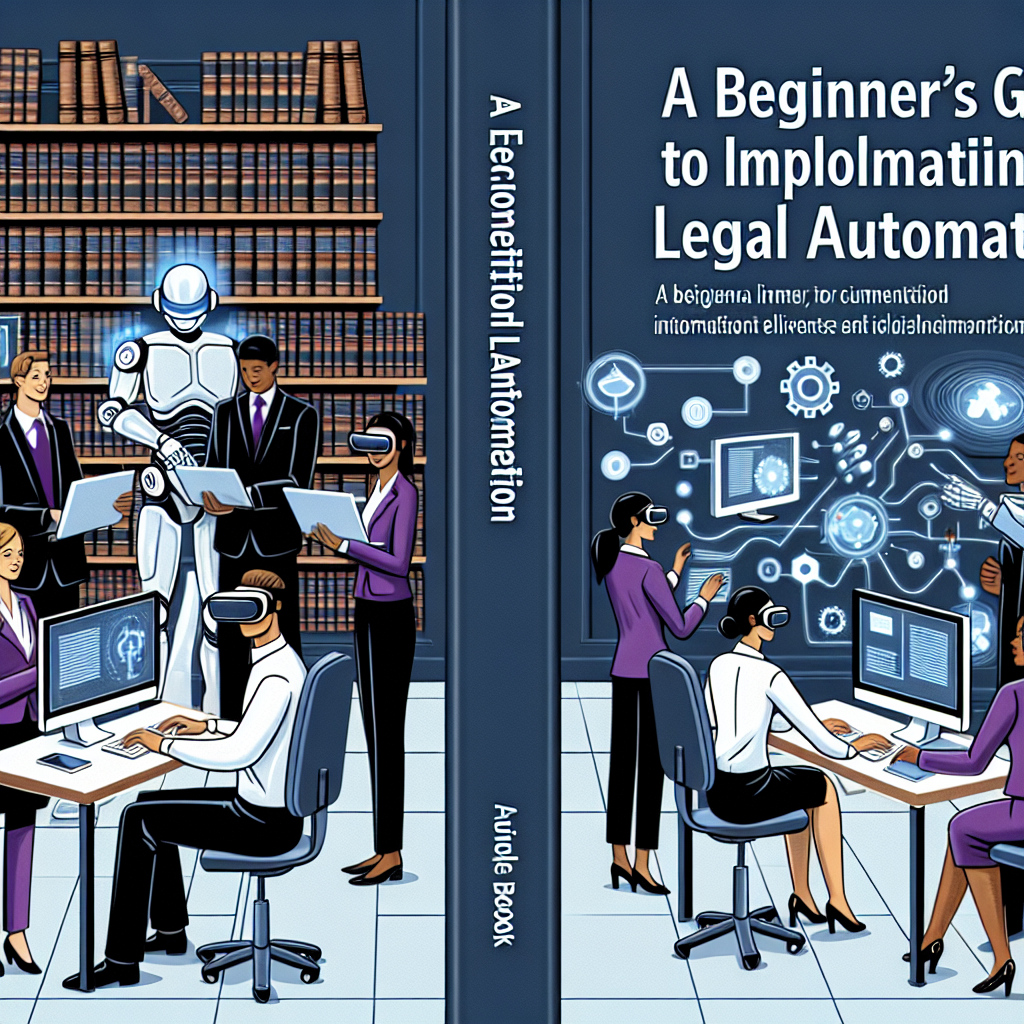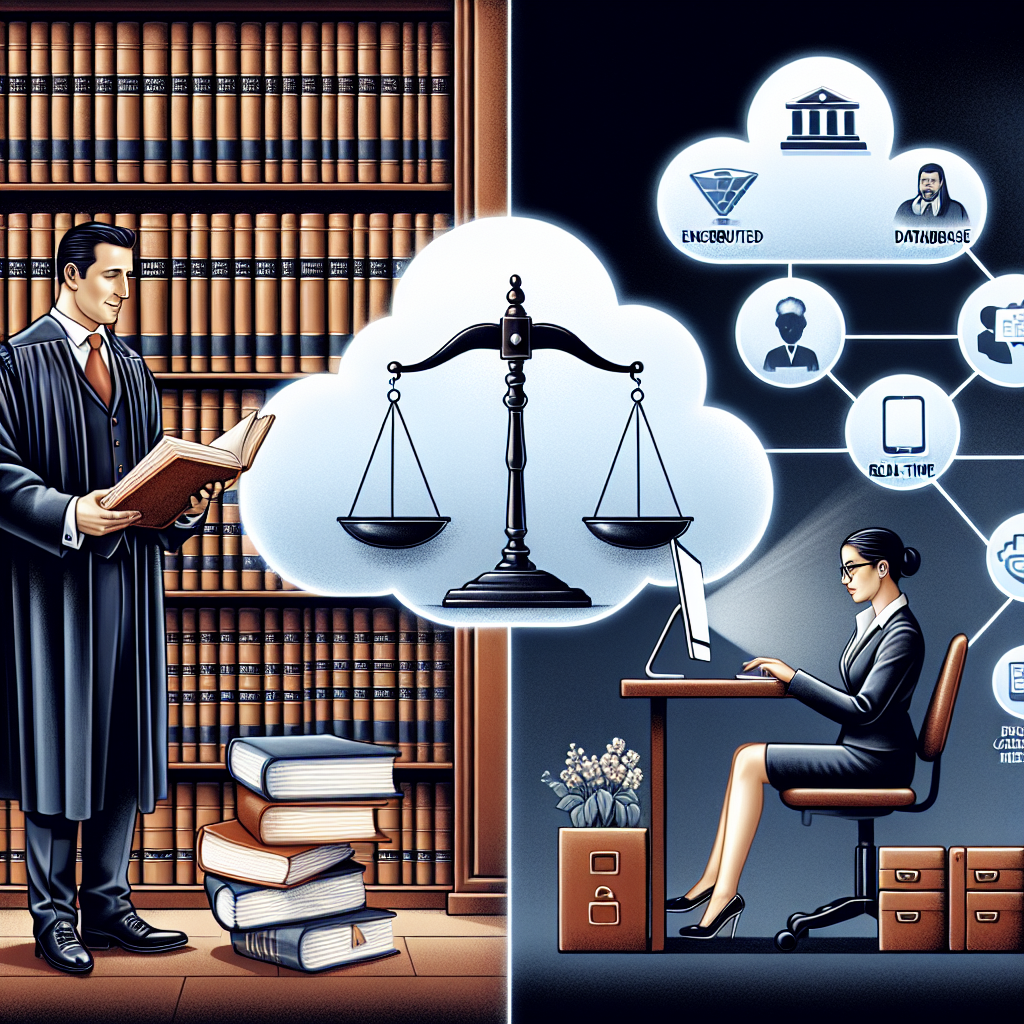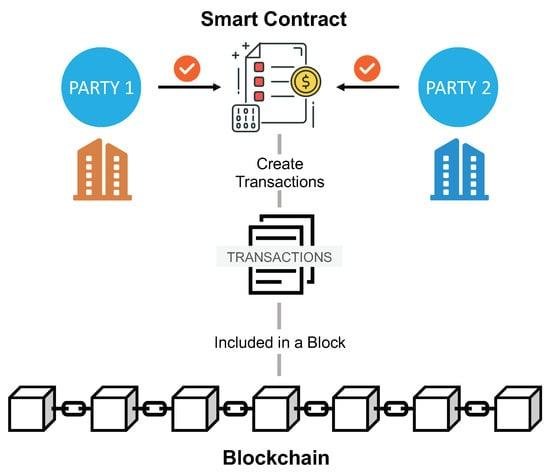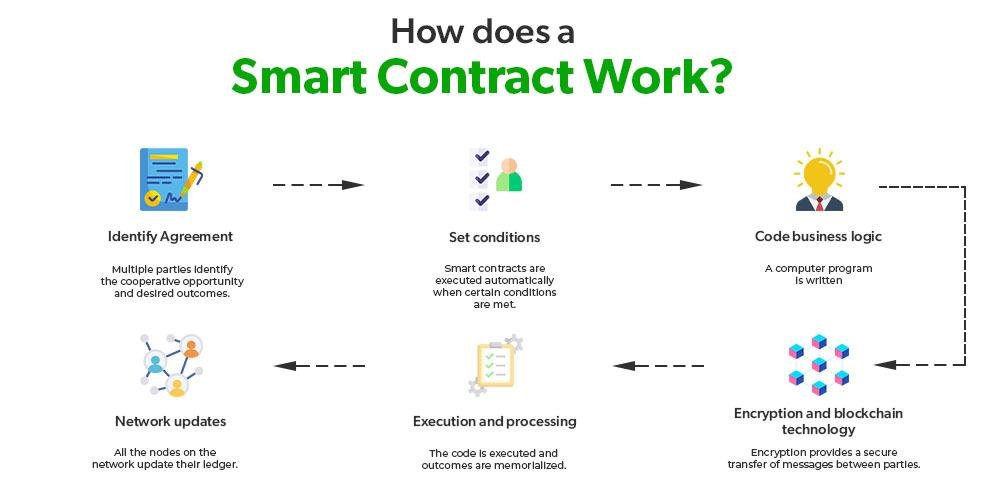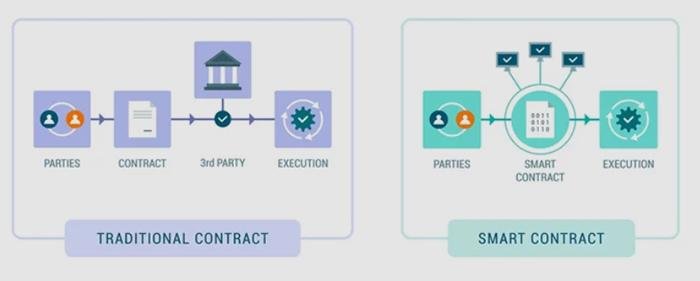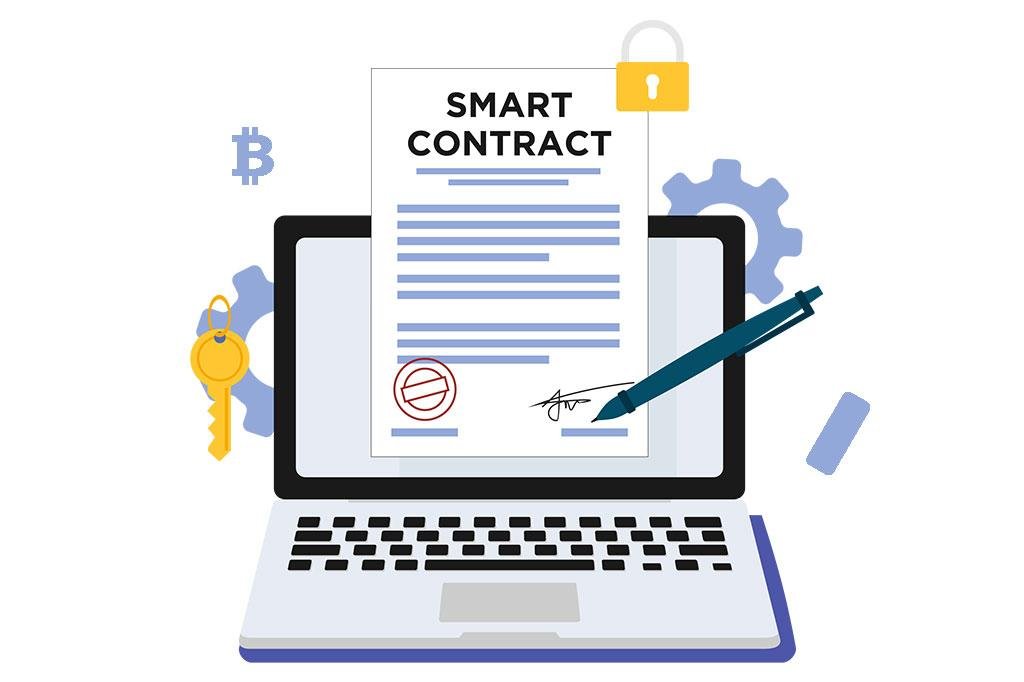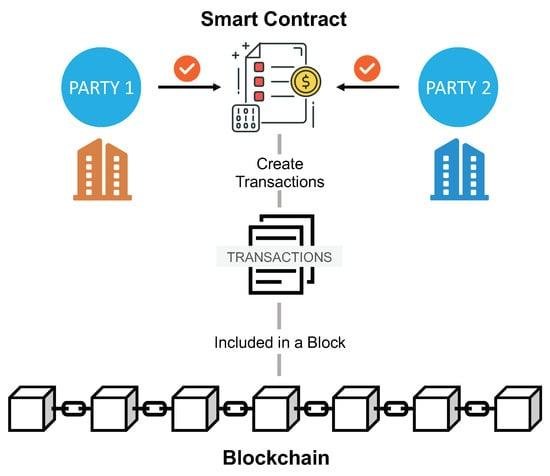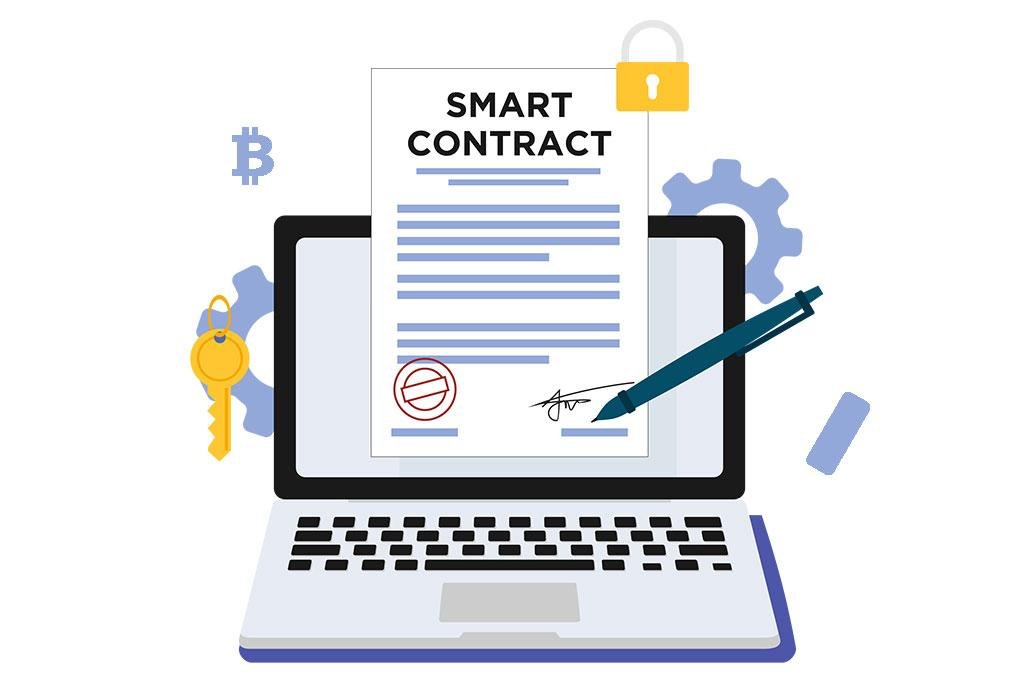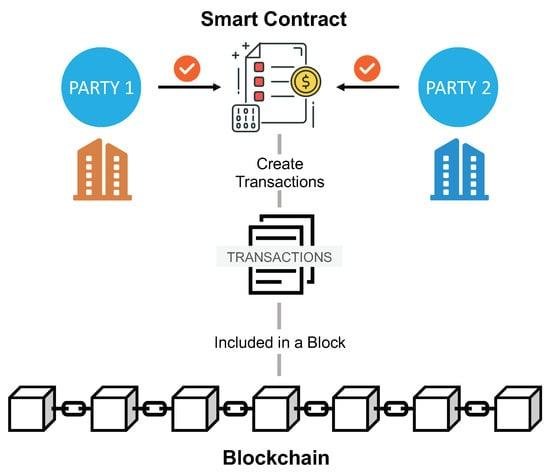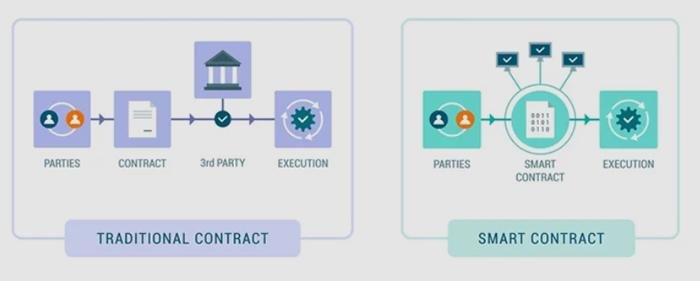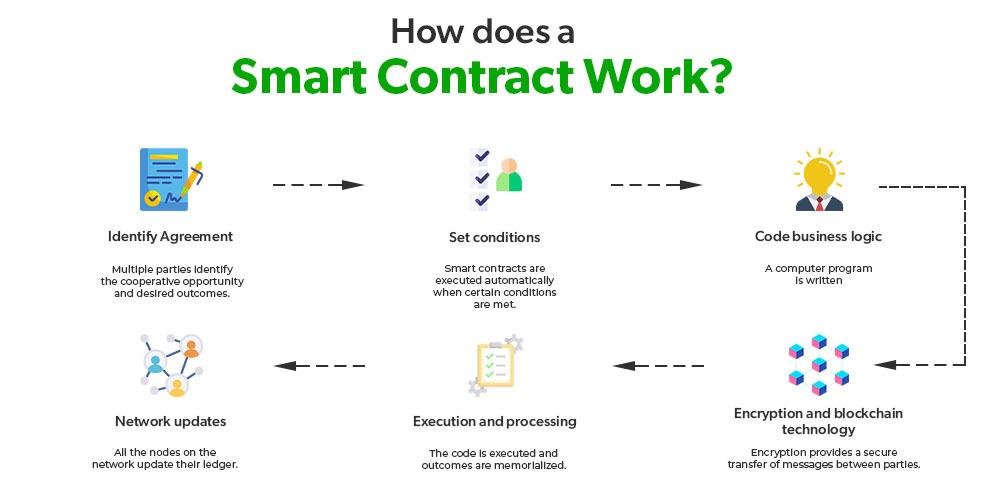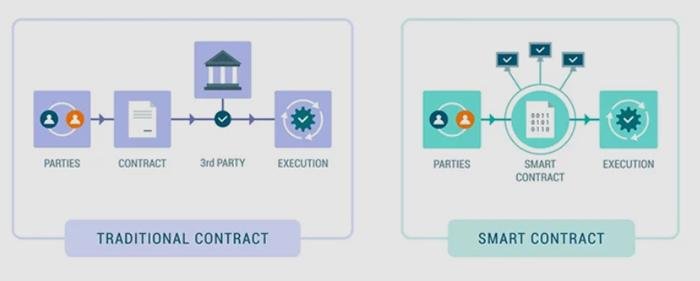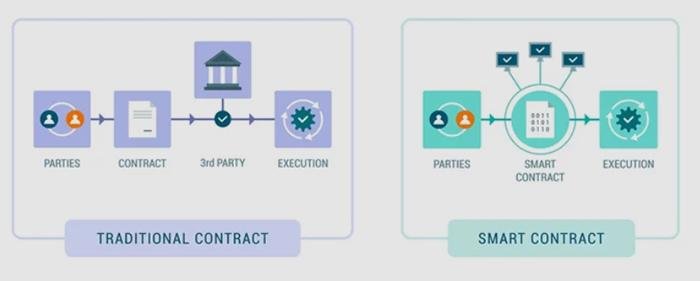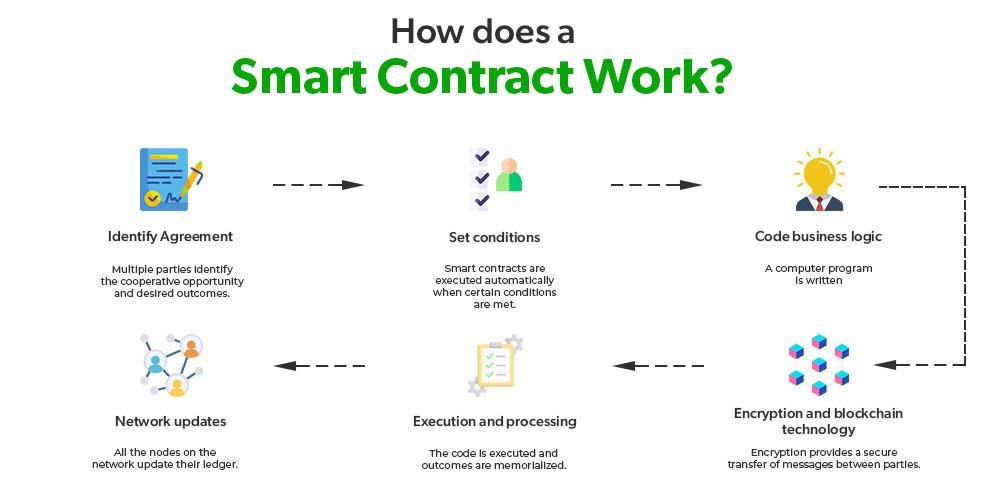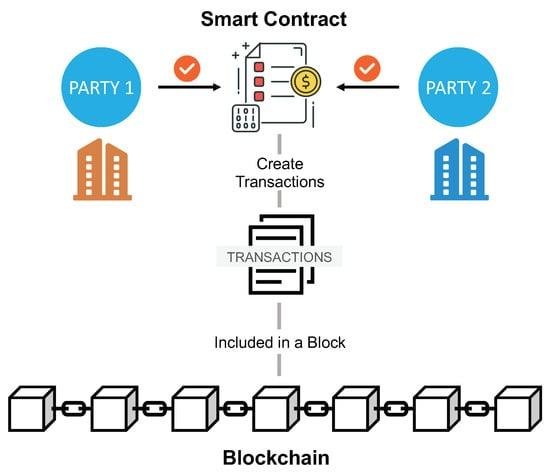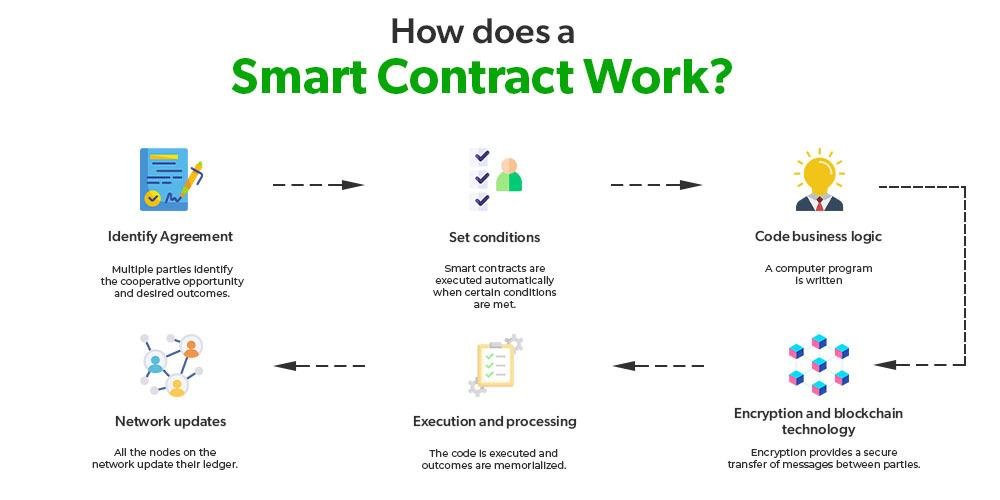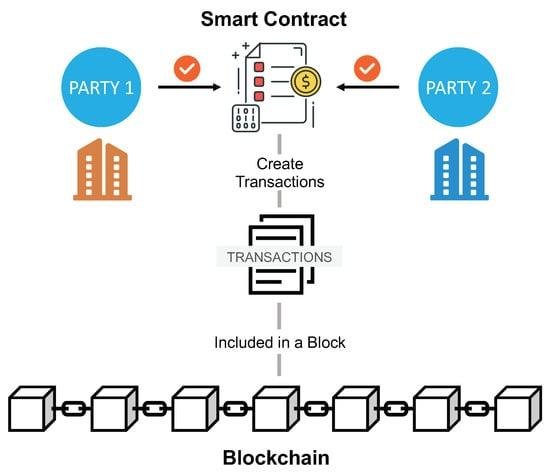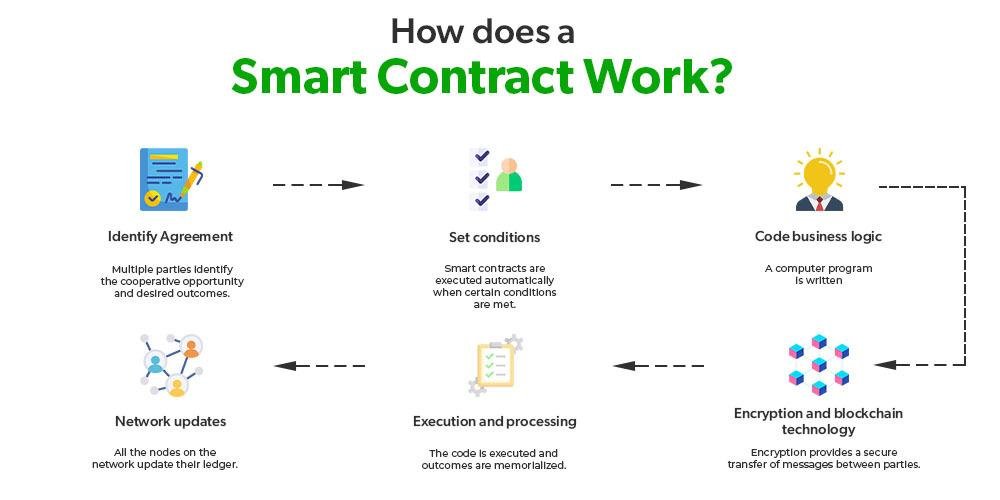Tax Law and Technology: Automating Compliance and Reporting
Tax Law and Technology: Automating Compliance and Reporting
In today’s fast-evolving digital landscape, the intersection of tax law and technology presents both challenges and opportunities. As businesses strive to keep up with complex tax regulations, the automation of compliance and reporting has become crucial. This article explores how technology is revolutionizing tax law, making compliance more efficient and precise.
Understanding Tax Law in the Digital Age
Tax laws are inherently complex, with regulations varying significantly between jurisdictions. Navigating this intricate web requires a deep understanding of both local and international tax codes. Traditionally, tax compliance involved extensive manual processes, which were prone to errors and inefficiencies. However, with the advent of advanced technologies, this is changing rapidly.
The Role of Technology in Tax Compliance
Technology is playing a pivotal role in transforming how businesses approach tax compliance. Here are several ways in which technology is automating compliance and reporting:
1. Artificial Intelligence and Machine Learning
Artificial Intelligence (AI) and Machine Learning (ML) are at the forefront of automating tax compliance. These technologies can analyze vast amounts of data swiftly, identifying patterns and anomalies that human analysts might miss. AI and ML tools assist in ensuring that tax filings are accurate and compliant with the latest regulations.
2. Blockchain for Transparency and Security
Blockchain technology is gaining traction in the realm of tax law due to its transparency and security features. Blockchain can create immutable records of transactions, making it easier to verify compliance and ensure that all parties meet their tax obligations. This reduces the risk of fraud and enhances trust between businesses and tax authorities.
3. Cloud Computing for Data Management
Cloud computing offers scalable solutions for managing tax data. By storing data in the cloud, businesses can access it from anywhere, ensuring that tax teams have real-time access to the information they need. Cloud-based tools also facilitate collaboration and integration with other financial systems, streamlining the tax preparation process.
4. Automated Reporting Tools
Automated reporting tools are revolutionizing the way businesses report their tax obligations. These tools generate accurate reports with minimal human intervention, reducing the likelihood of errors. Automated systems can also stay updated with the latest tax laws and automatically adjust reporting requirements, ensuring compliance with current regulations.
Benefits of Automating Tax Compliance
The automation of tax compliance and reporting offers numerous benefits:
- Efficiency: Automation reduces the time and effort required to manage tax compliance, freeing up resources for other strategic initiatives.
- Accuracy: By minimizing human intervention, businesses can significantly reduce errors in tax reporting.
- Cost Savings: Automating tax processes can lead to substantial cost savings by reducing the need for extensive manual work.
- Scalability: Automation tools can easily scale with a business, accommodating growth without a proportional increase in tax compliance workload.
Challenges in Implementing Tax Technology
Despite the clear benefits, implementing technology in tax compliance is not without challenges. Businesses must ensure that their tech solutions are up-to-date with the latest regulations and that staff are adequately trained to use these tools effectively. Data privacy and security also remain paramount, as tax data is highly sensitive.
The Future of Tax Law and Technology
As technology continues to evolve, the future of tax law looks promising. Emerging technologies like AI, blockchain, and cloud computing will further streamline tax compliance and reporting. Businesses that embrace these innovations will be better positioned to navigate the complexities of global tax regulations.
Conclusion
The integration of technology into tax law is transforming compliance and reporting processes. By automating these tasks, businesses can achieve greater accuracy, efficiency, and cost-effectiveness. As tax laws become more intricate and globalized, leveraging technology will be essential for businesses striving to remain compliant. Embracing these technological advancements not only safeguards businesses against regulatory risks but also positions them to thrive in an increasingly digital world.
By staying informed about the latest developments in tax law and technology, companies can ensure they are leveraging the best tools available to manage their tax obligations effectively. This proactive approach will enable them to stay ahead of the curve in an ever-changing regulatory environment.















